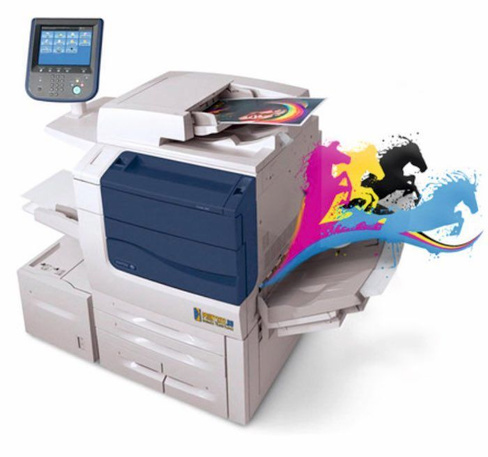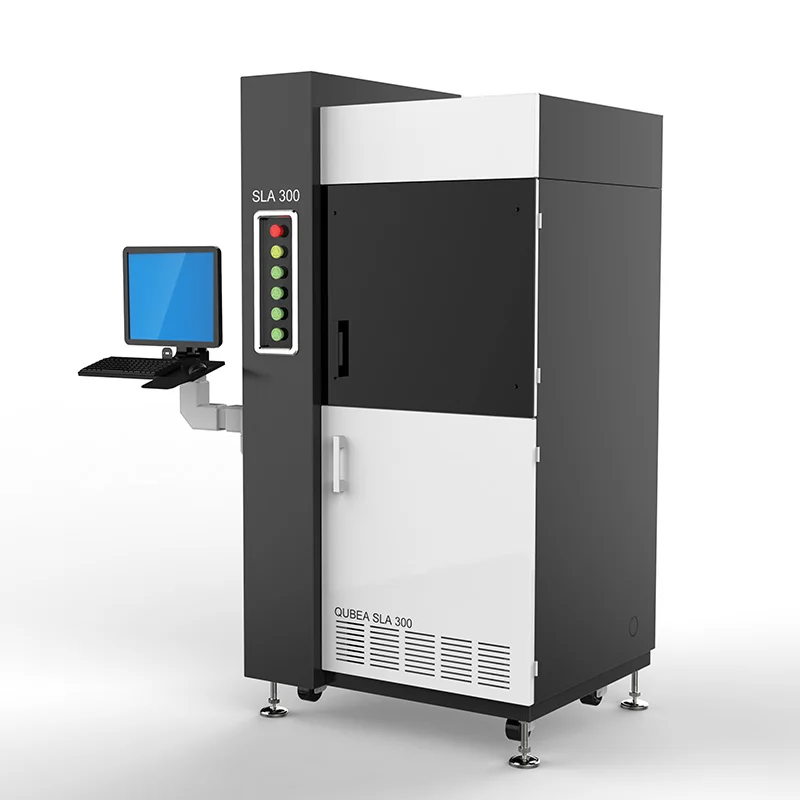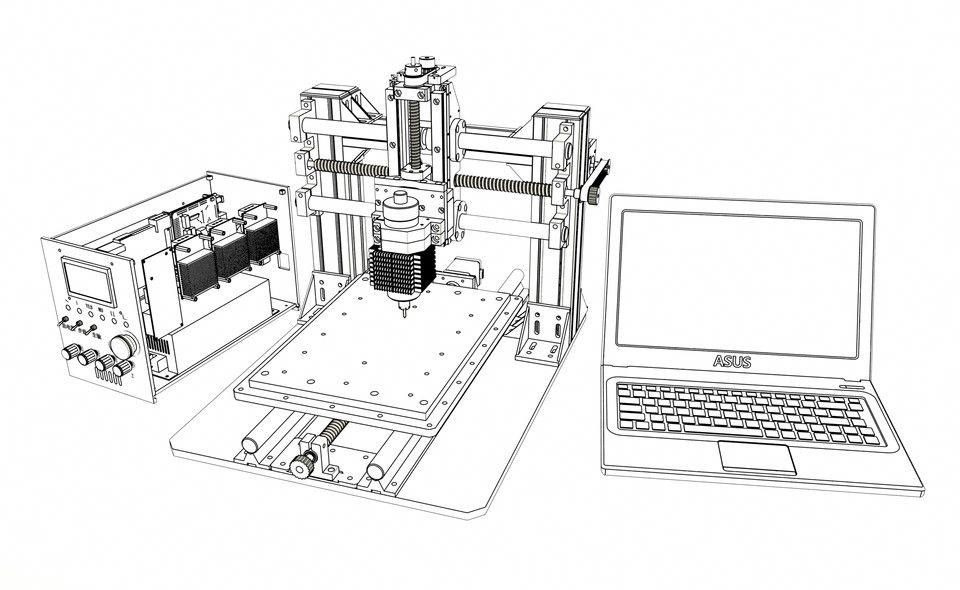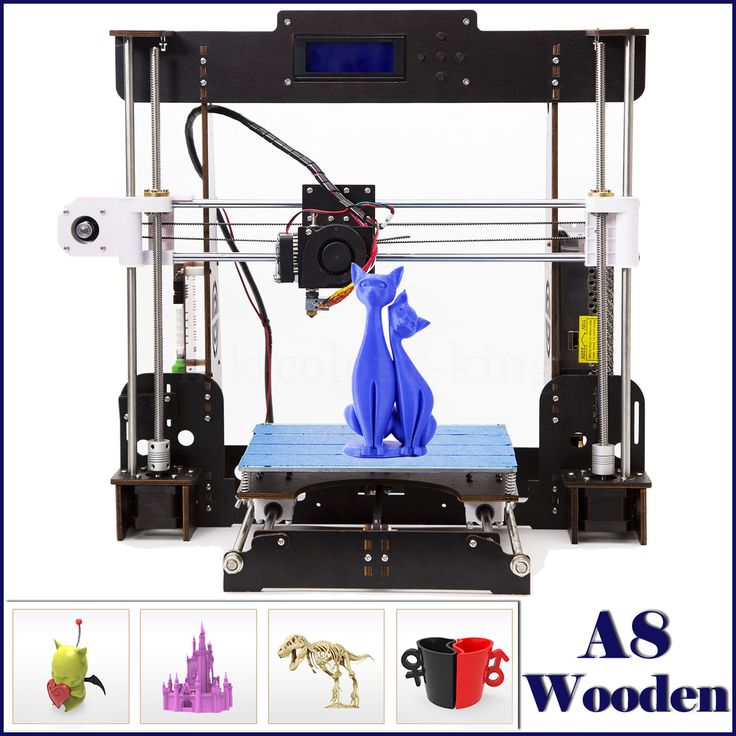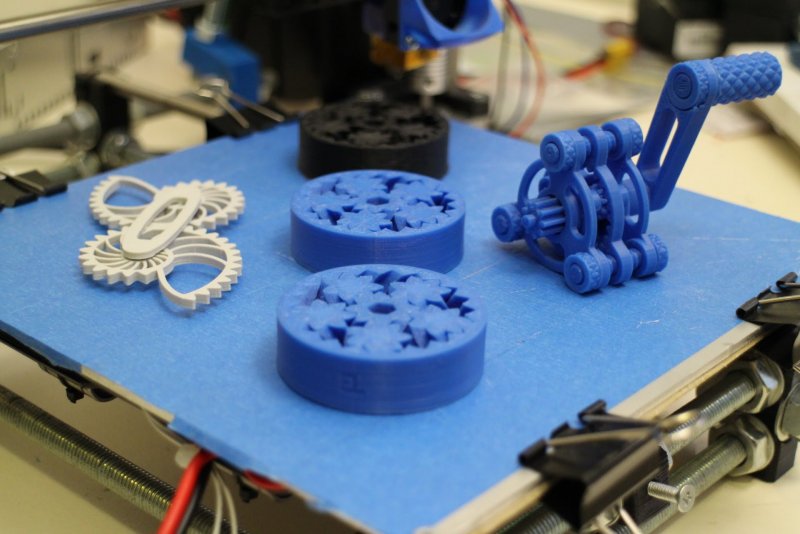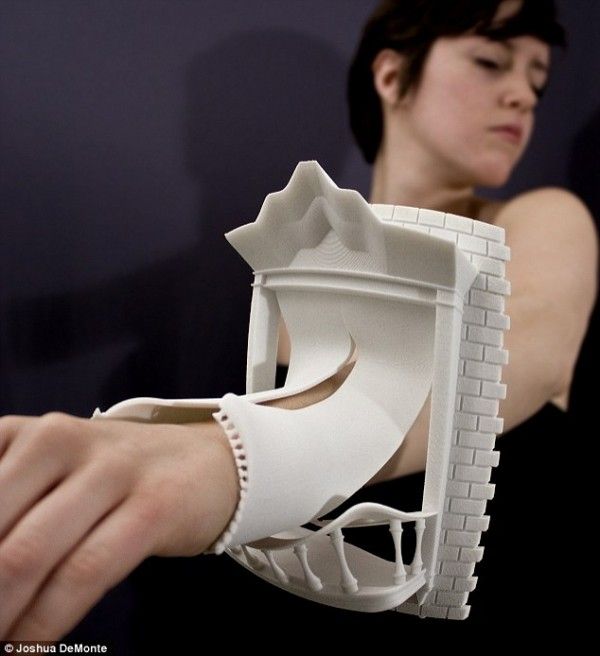Adidas 3d printing
DATA-DRIVEN 3D PRINTED PERFORMANCE TECHNOLOGY DESIGNED TO MOVE YOU FORWARD
Today we are unveiling the next step in data driven 3D printed midsole innovation, the adidas 4DFWD. Combining years of athlete data with the unique technology of 3D printing, adidas 4DFWD is created to provide runners with an all-new running experience.
For over four years, we have developed 4D lattice midsole technology in partnership with Carbon. Combining athlete data and Carbon’s Digital Light SynthesisTM technology to produce precision tuned 3D printed midsoles. adidas 4D footwear is amongst the first in the world to use this cutting-edge technology which offers the ability to fine tune midsoles to specific patterns of movement, so that athletes can enjoy precision performance with every step.
Born from this process is the new adidas 4DFWD lattice midsole. Identified from one of five million possible lattice structures and made of 40% bio-based material, the bowtie-shaped FWD CELL has been specifically coded to compress forward upon vertical impact. When compared to previous generations of 4D midsole, adidas 4DFWD generates three times as much forward motion under vertical loading in mechanical testing conditions. As a result, peak braking force experienced by the athlete during running is reduced by 15% as the midsole redirects these vertical impact forces into horizontal forward motion – delivering running economy comparable to that of Ultraboost midsoles in lab conditions.
adidas 4DFWD was tested through a range of bio-mechanical testing procedures at the University of Calgary, which analysed specific areas such as forward motion, braking force and running economy. The concept was also tested extensively with adidas runners local to the creation team in Germany and a carefully selected cohort of high-level running creators across the USA.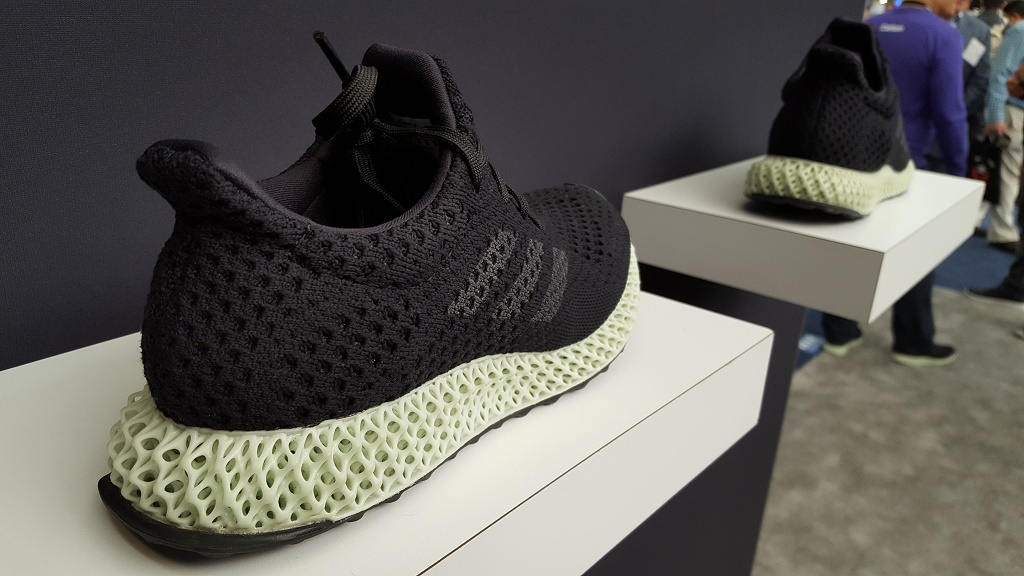 Furthermore, cutting edge cognitive perception testing was carried out at Arizona State University.
Furthermore, cutting edge cognitive perception testing was carried out at Arizona State University.
4D technology provides us with the opportunity to design in a way that conventional foam midsoles do not allow. We took inspiration from the first generation 4D lattice midsole and set ourselves the challenge to take it to the next level. Coding millions of potential lattice structures to see if we could specifically design to counter negative mechanical forces experienced during running.
Working closely with Carbon, our product teams, and testers we identified one perfect lattice midsole that is designed to compress forwards under loading and counter mechanical forces whilst delivering a unique gliding sensation for our runners.
Sam Handy, VP Design, adidas Running
Complementing the adidas 4DFWD midsole is a new PRIMEKNIT upper made from recycled polyester. Providing runners with a super-lightweight premium upper that encases the foot in a seamless sock-like fit. Historical mapping data has been used to code the PRIMEKNIT upper to perfectly align with the unique properties of the 4DFWD midsole. Helping to give runners all the support and comfort they need whilst on their run.
Historical mapping data has been used to code the PRIMEKNIT upper to perfectly align with the unique properties of the 4DFWD midsole. Helping to give runners all the support and comfort they need whilst on their run.
At adidas, we’re always looking to combine athlete insights with new and innovative technologies to create the best performance running products. With this approach, we aim to serve and to delight different runners with diverse experiences depending on their needs, being it to run faster, or to achieve personal goals, or to run for longer, or to feel more comfort, always bringing new valuable benefit that runners can feel.
This industry first midsole innovation positions adidas 4DFWD as our most advanced digitally printed running midsole yet and showcases the potential of 4D technology in turning physics and bio-mechanic studies into performance solutions. We cannot wait for runners to feel and experience this new product that will deliver new and exciting sensations.
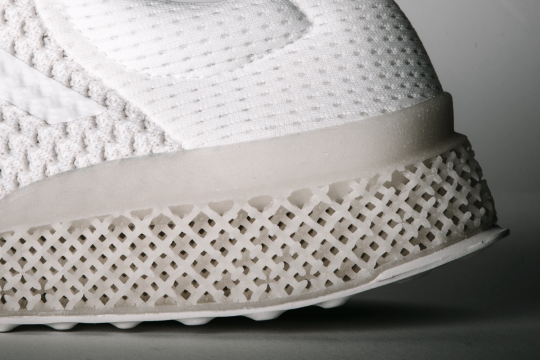
Alberto Uncini Manganelli, SVP and GM adidas Running & Credibility Sports
The adidas 4DFWD will drop in three specific colorways, including a special Tokyo Collection drop, which will be the main podium shoe for athletes in Tokyo this summer. Launching first in a black and fluorescent orange colorway, the adidas 4DFWD will be available to Creators Club members on May 15th. The Tokyo Collection colorway will be available from July 1st, before a worldwide drop from August 12th.
To find out more, please visit: www.adidas.com/4d. Follow the conversation on Instagram, Facebook and Twitter using #adidas4DFWD and @adidasrunning.
adidas Futurecraft: 3D-Printed Personalized Shoe
Imagine walking into an adidas store, running briefly on a treadmill, and instantly getting a 3D-printed shoe — this is the ambition of the adidas 3D-printed midsole. By creating a flexible, fully breathable carbon copy of the athlete’s own footprint, matching exact contours and pressure points, it sets the athlete up for the best running experience.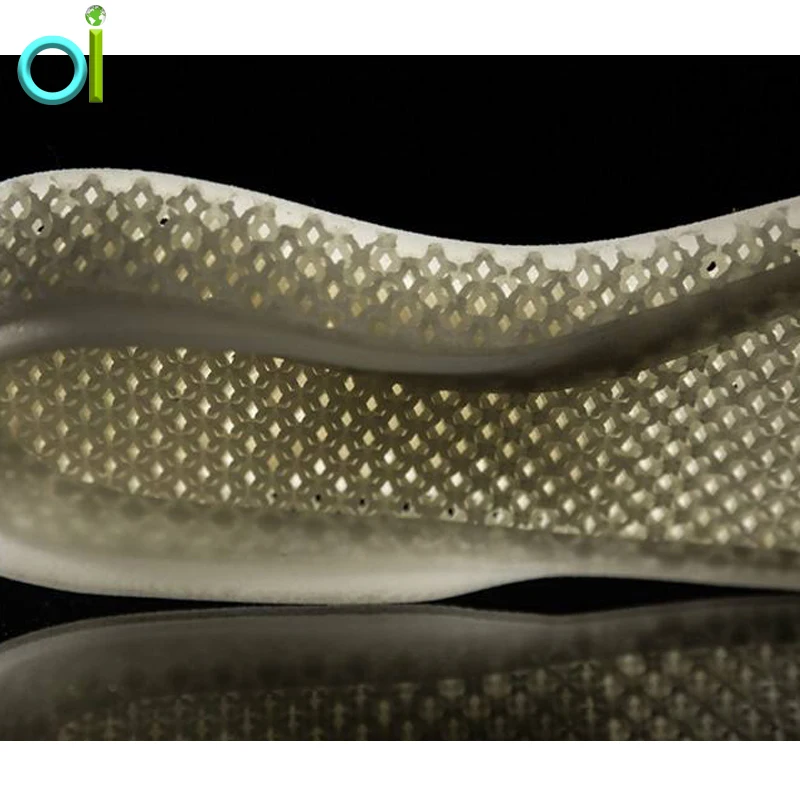 Linked with existing data sourcing and footscan technologies, it opens unique opportunities for immediate in-store fittings.
Linked with existing data sourcing and footscan technologies, it opens unique opportunities for immediate in-store fittings.
“Futurecraft 3D is a prototype and a statement of intent. We have used a one-of-its-kind combination of process and material in an entirely new way,” says Eric Liedtke, Executive Board Member of adidas AG. “Our 3D-printed midsole not only allows us to make a great running shoe but also to use performance data to drive truly bespoke experiences, meeting the needs of any athlete.”
For adidas Futurecraft 3D, Materialise assisted adidas with the generation of a lightweight structure in the 3D-printed midsole that would keep the shoe at a comfortable weight. Materialise’s design and engineering team worked with Materialise 3-matic to create the structure, improving the midsoles’ flexibility without compromising on rigidness and strength.
The midsoles were then laser sintered in TPU, the first durable, fully flexible 3D printing material to be used in a consumer product, through Materialise’s certified manufacturing process.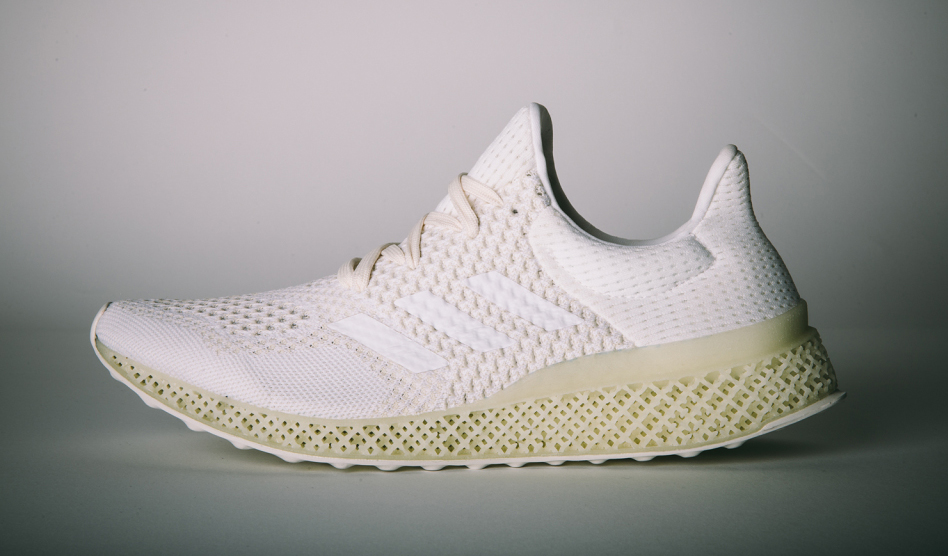 Additive manufacturing automation and control software Materialise Streamics provided an overview of the entire production process, ensuring the traceability and repeatability that is crucial to the manufacturing of end-use consumer products.
Additive manufacturing automation and control software Materialise Streamics provided an overview of the entire production process, ensuring the traceability and repeatability that is crucial to the manufacturing of end-use consumer products.
— Paul Gaudio, Creative Director, adidas
“Working on this project with adidas has been a great opportunity for Materialise’s certified manufacturing process,” says Haritz Elexpuru, who coordinated the collaboration from Materialise’s side. “From software to rapid prototyping to manufacturing — all of Materialise’s strengths have played their part for Futurecraft.”
A 3D-printed Futurecraft sign in front of 3D printing powder
Next steps: the Futurecraft series
The Futurecraft 3D story is the first chapter of the adidas Futurecraft series, which demonstrates the brand’s commitment to innovating throughout all areas of production.
“Futurecraft is our sandbox. It is how we challenge ourselves every day to explore the boundaries of our craft,” says Paul Gaudio, Creative Director at adidas. “Driving material and process innovation, bringing the familiar into the future. Marrying the qualities of handcrafting and prototyping with the limitless potential of new manufacturing technologies. Futurecraft is stripped back — fast, raw, and real — it is our approach to design.”
True to what adidas terms as the Futurecraft vision of creative collaboration, Futurecraft 3D is made possible through an open-source partnership between adidas and Materialise. Keep an ear to the ground for announcements from the Futurecraft initiative, heralding more groundbreaking design innovations.
Nike and Adidas are testing 3D printers to create sneakers reports The Financial Times.
3D printing is used to transform digital drawings into physical objects, using molten plastic, metal and even wood to create solid shapes.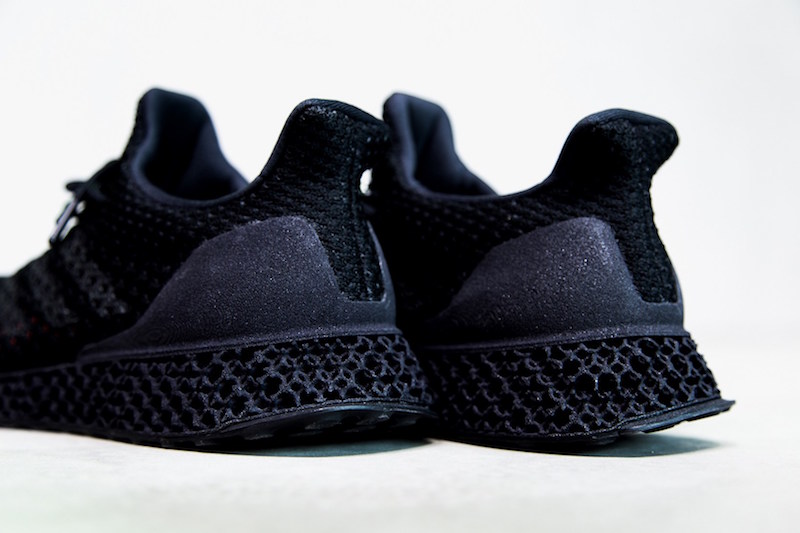 Shoe manufacturers are introducing technology to create studded soles for football boots and running shoes. nine0003
Shoe manufacturers are introducing technology to create studded soles for football boots and running shoes. nine0003
Innovations in the field of sports shoes usually refer to the production of soles. Polyurethane air-filled cushioning technology has been used in the Nike Air Max line since 1987. And last year, Adidas introduced the Energy Boost line of running shoes, which have a solid granular thermoplastic outsole.
According to Nike Chief Innovation Officer Shane Coatsu, 3D printing has accelerated the development of the Vapor Laser Talon series of boots for professional American football players. “In six months, we managed to complete 12 prototyping cycles, and we fully tested them. As a result, we managed to significantly improve our product,” the FT quotes him. nine0003
Traditional sole molding techniques pour molten plastic into a metal mold, so Nike typically modifies parts of the sole, such as studs, every few years, Coatsu said.
Adidas has reduced the time it takes to evaluate new prototypes from four to six weeks to one to two days, Adidas said. Before the introduction of 3D printing, 12 specialists worked on the creation of prototypes in the company, but now the process of creating prototypes is controlled by only two technologists. nine0003
Before the introduction of 3D printing, 12 specialists worked on the creation of prototypes in the company, but now the process of creating prototypes is controlled by only two technologists. nine0003
Shoe manufacturers have yet to reveal the cost of the 3D printed sneakers. So far, new shoe lines have not been introduced to the mass market either. However, the use of 3D printing technology can be in demand for individual tailoring of shoes.
The leading manufacturers of 3D printers are the German EOS, the American 3D Systems, and the American-Israeli company Stratasys, whose clients, in addition to Nike and Adidas, are Reebok, New Balance, Under Armor. A prototype of a home 3D scanner was introduced in March this year by MakerBot. nine0003
According to Stratasys marketing manager Bruce Bradshaw, 3D-printed footwear for the general public is still a long way off, but it will certainly be launched. The main obstacle to this so far is the printing time. According to him, it takes about two hours to produce one sole.
“We're not interested in the amount of production we can achieve, but in the speed with which we can make changes,” Coatsu concluded.
Source: Gazeta.Ru nine0003
Did you like the material? Share.
Subscribe to our groups,
, to stay up to date with industry events.
Become our author.
Increase the loyalty of your readers
adidas new strategy — Trading on vc.ru
As a manufacturer of sportswear and footwear adapts to the changing retail market.
11648 views
At the end of 2016, a temporary adidas Knit For You store opened in the Bikini shopping center in Berlin. They sold only one item: merino wool sweaters for €200. nine0003
Merino is a breed of fine-fleeced sheep Wikipedia
Unlike regular points of sale, clothes were not brought there, but were produced on the spot individually for each client.
The purchase and production process consisted of several stages:
- Pattern selection. In a dark room, the pattern of the future sweater was projected onto the torso of the buyer, something between camouflage and cobwebs. The patterns changed with gestures - sensors read the movements of the hands. nine0057
- Size selection. Standard S, M and L and a body scan for a perfect fit. To do this, customers had to undress to the waist - no one, except for the car, saw a person.
- Knit sweater. Machine knitted front and back. Then people finished production, processed, washed, dried and packed the goods.
Three knitting machines were installed in the mini-factory. The production process of one sweater took about four hours, which made it possible to sell up to ten pieces a day. nine0003
adidas is not experimenting to increase sales. The company is evaluating customer readiness for its new strategy, which includes:
- digital design;
- local automated production;
- personalized products.

Manufacturing near customers
At the end of 2015, adidas opened the Speedfactory robotic factory in Ansbach, Germany, 40 km from the headquarters. Here, machines produce sneakers under the supervision of a small number of employees, in total there are about 150 people. For comparison: the factory in the Chinese city of Dongguan, where shoes for adidas are made, employs more than 4,000 people. nine0003
The first pair of sneakers rolled off the Speedfactory line in September 2016. The limited model called Futurecraft MFG (Made for Germany) was released in an edition of only 500 pairs. In Berlin, on the day of the start of sales, buyers camped on the street.
adidas says having a factory close to customers will help reduce shipping costs and shorten production time for new models. Making shoes in factories in Asia takes weeks, while it takes hours in a robotic factory. adidas plans to produce about half a million pairs of shoes a year at the Speedfactory, a tiny fraction of hundreds of millions of pairs. nine0003
nine0003
According to Gerd Manz, head of technology and innovation at adidas, the ideal situation for using local factories is: “The red sneakers that a customer saw at a Kanye West concert are sold in the store the very next morning.”
Local Speedfactories will not replace factories in China and other Asian countries where most of the stuff is made. It's more of a new business model based on customization so that customers can get a unique sneaker model in a short time. nine0003
If we can give the consumer what he wants, where he wants, when he wants it, we can reduce the risks. Now we are just guessing what might become popular.
Eric Liedtke, Head of Global Brand adidas
adidas is also looking at ways to remove machines from the production process. Their preparation takes weeks, which does not fit into the concept of fast production. 3D printing can help with this.
3D printing for customization
In 2015, adidas first introduced the Futurecraft 3D, a sneaker with a 3D printed midsole. In a marketing communication, the company said: this is the first step towards the production of shoes for individual measurements for everyone. The idea was that in the future, a customer would be able to walk into a store, have their feet scanned, and receive a pair of sneakers designed by a machine with physiological characteristics in mind.
In a marketing communication, the company said: this is the first step towards the production of shoes for individual measurements for everyone. The idea was that in the future, a customer would be able to walk into a store, have their feet scanned, and receive a pair of sneakers designed by a machine with physiological characteristics in mind.
Futurecraft 3D couldn't be mass-produced: it took 18 hours to create one pair of midsoles. Of these, ten went to powder printing, and the rest of the time the finished product cooled down. nine0003
After that, adidas partnered with 3D printer manufacturer Carbon in California. Their machines print objects using Continuous Liquid Interface Production technology. To create products, liquid polymers are used, which are baked with ultraviolet light. The liquid is in a glass-bottomed tank, under which the lamps are located.
Here is a video explaining how Carbon printers work.
Carbon technology allows you to print objects in high resolution up to 100 times faster than printing layer by layer.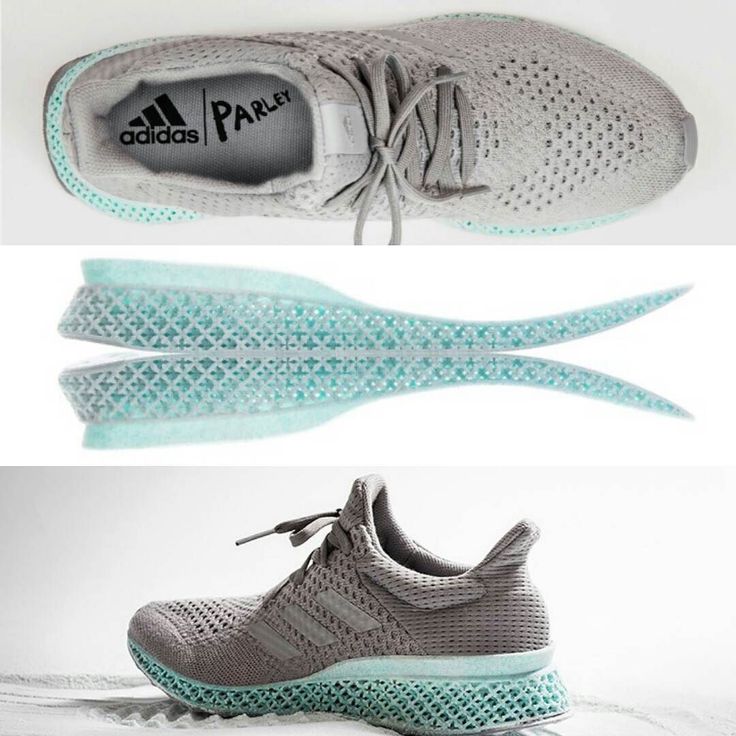 Thanks to this, adidas released the first mass-produced sneaker with a 3D printed midsole in 2018, the Alphaedge 4D. Unlike Futurecraft 3D, it took only 30 minutes to create one pair of soles. nine0003
Thanks to this, adidas released the first mass-produced sneaker with a 3D printed midsole in 2018, the Alphaedge 4D. Unlike Futurecraft 3D, it took only 30 minutes to create one pair of soles. nine0003
The bath is filled with liquid rubber for sole printing
The midsole in the Alphaedge 4D is made from a blend of polyurethane and UV-cured resin. It is a rigid elastomer that can be printed as a computer generated lattice structure. The stiffness level of the outsole in different parts is based on big data obtained, among other things, using motion capture technology.
Lattice model generated by computer based on big data
To build the model, we used data on the force of impact of the foot on the ground during running
Ultimately, adidas and Carbon want to provide each customer with products tailored to individual physiology and requirements.
Technological innovations at adidas are developed by Futurecraft, an in-house division of the company.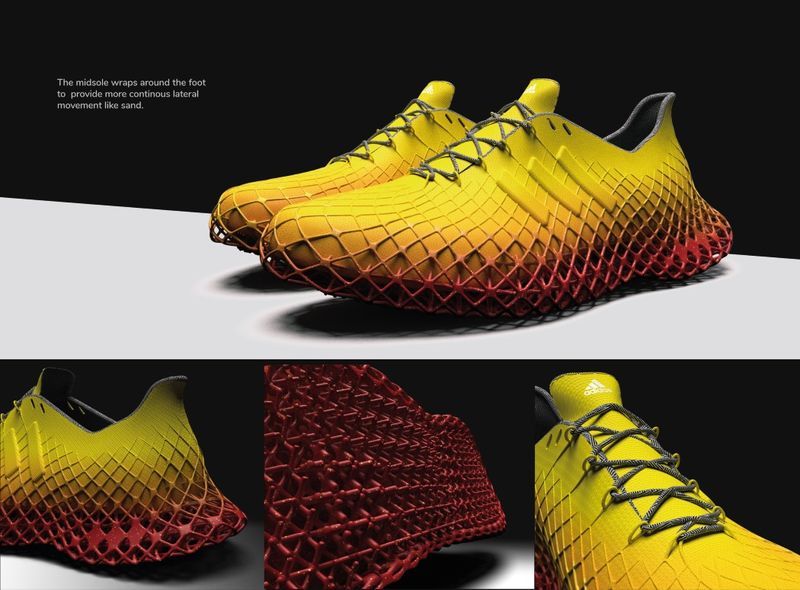 Here they plan to create new products with a horizon of seven years. For example, Futurecraft tried to print sneakers on a 3D printer in 2012. The prototype is very fragile, not only the sole is printed, but also the upper part of the shoe. Unfortunately, you can't take pictures of it. nine0003
Here they plan to create new products with a horizon of seven years. For example, Futurecraft tried to print sneakers on a 3D printer in 2012. The prototype is very fragile, not only the sole is printed, but also the upper part of the shoe. Unfortunately, you can't take pictures of it. nine0003
Why all this adidas
In 2017, Amazon received a patent for on-demand shopping, where a user can order a custom-made item.
Screenshot of patent
Tech startups have already changed the taxi market and the hotel business. Traditional corporations have to find a foothold that will allow them to stay in business. To do this, they create internal startups, come up with new business models and try to understand how consumers will behave in the future. nine0003
Direct competitors from the sportswear market are also working on customized shoe models. In 2019, Nike updated the Nike ID platform, where customers can choose the color of individual details on the shoe.



